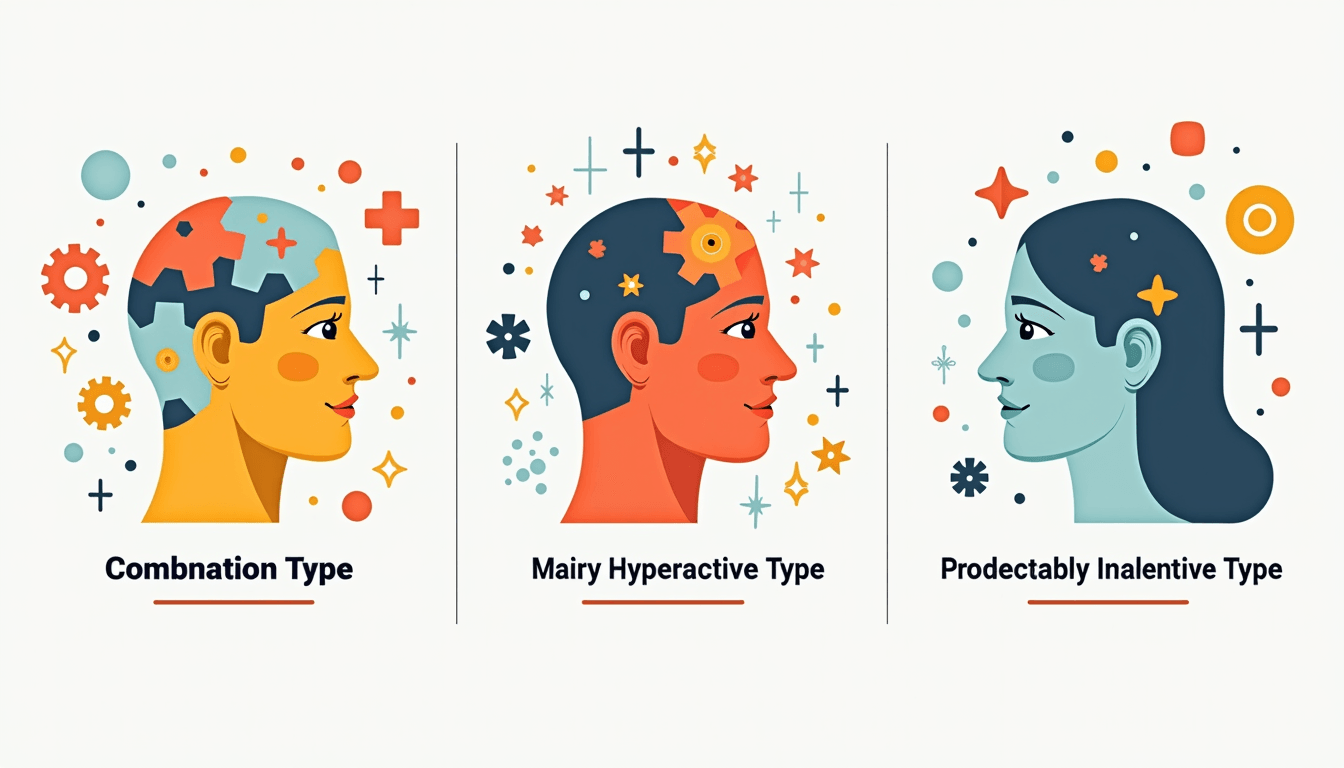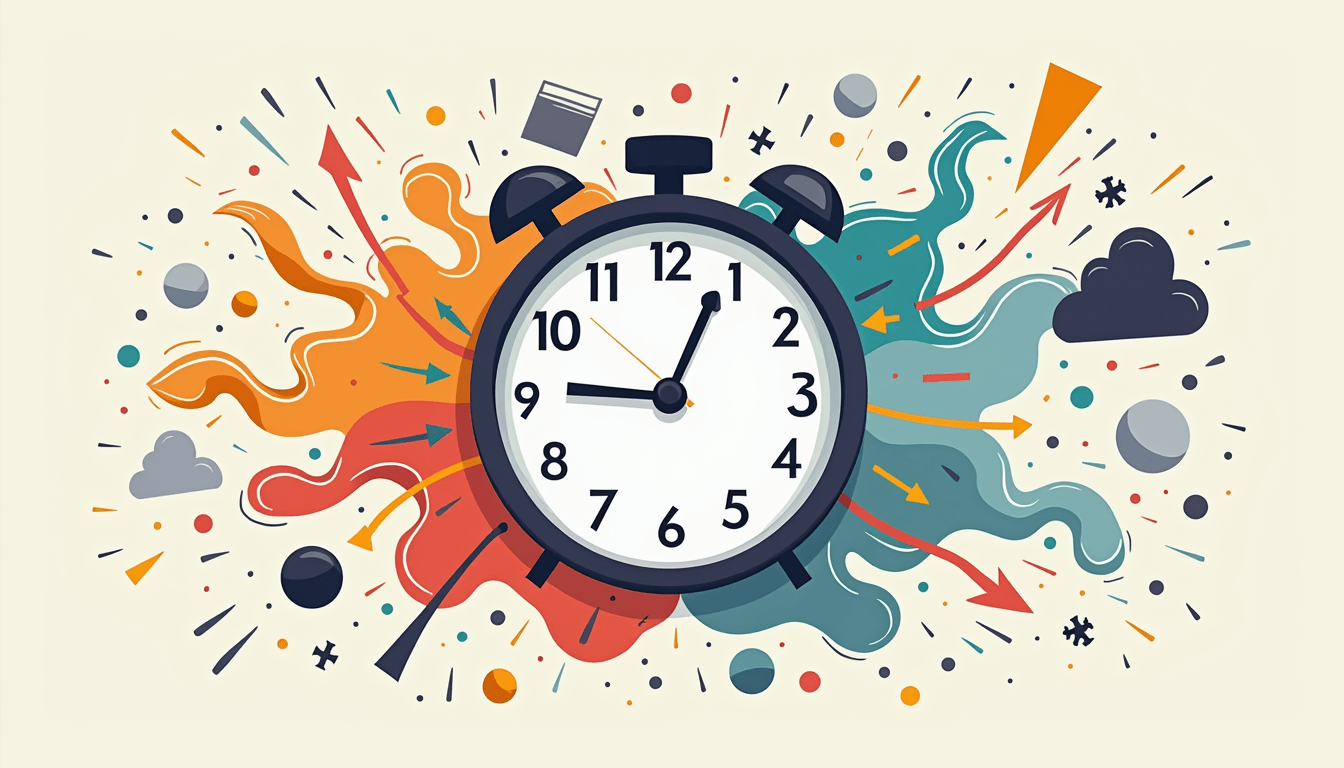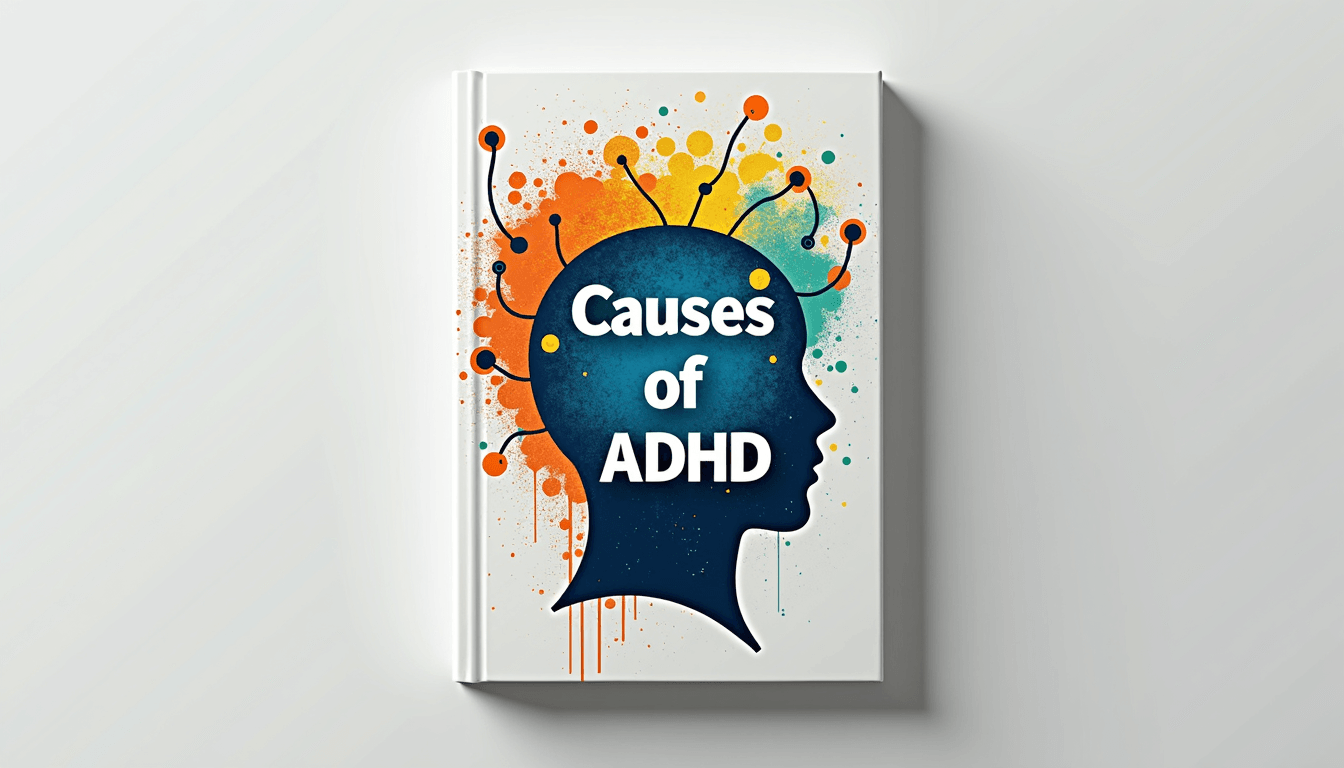The Types of Attention Deficit Hyperactivity Disorder Described
There are many different signs of ADHD. At Lillie’s Friends, you will receive individualized advice and treatment, including prescription medicine if required.
The behavioral disorder known as attention deficit hyperactivity disorder (ADHD) is characterized by impulsivity, hyperactivity, and inattention. The severity of these symptoms prevents the patient from going about their everyday business. The symptoms of ADHD typically persist into adulthood after developing in infancy.
Adults with ADHD frequently exhibit impulsive behaviors, trouble focusing, and excessive activity. Depending on the many forms of ADHD, each person may have distinct symptoms. How many different kinds of ADHD are there, then? Let’s investigate the many types of ADHD and other associated topics.
Three Primary ADHD Types
Adults with ADHD can be classified into three basic categories: combination, mainly hyperactive, and predominantly inattentive. These forms of ADHD are described here, along with a summary of the symptoms that go along with each.

ADHD that is primarily hyperactive
Typically, this type of ADHD is characterized by impulsive and hyperactive conduct. Inattentiveness symptoms are less common in adults with the diagnosis; however, they frequently include the following:
- Squirming in the seat, tapping hands or feet, or fidgeting.
- Talking too much.
- The inability to stay motionless for a long time without experiencing discomfort after settling in one spot. At work or in other situations where staying seated is required, a person has the option to stand up or get up from their seat.
- Having restless feelings most of the time.
- The inability to peacefully partake in hobbies or leisure activities.
- Answers are blurted out before the question is finished.
- The inability to wait in line for their turn.
- Interrupting or encroaching on discussions, games, or hobbies.
Males are more likely to be diagnosed with this kind of ADHD, especially when they are young. This ADHD presentation is more common in boys than in girls, who tend to display more hyperactive and impulsive symptoms. But as people age, hyperactivity can take on different forms. In adults, it frequently manifests as restlessness or trouble unwinding.
ADHD that is primarily inattentive
Distractibility and inattention are hallmarks of the inattentive kind of ADHD, formerly known as attention deficit disorder (ADD). The following are typical signs of inattentive ADHD:
- An inability to focus intently. making thoughtless errors at work.
- Daydreaming and having trouble focusing. unable to maintain concentration for long stretches of time.
- The incapacity to pay attention when someone is speaking, especially in the absence of clear distractions.
- The incapacity to finish work or adhere to directions.
- The incapacity to plan activities and tasks.
- Having trouble keeping track of time and meeting deadlines.
- A reluctance to participate in tasks requiring a high level of mental focus.
- The ability to be distracted by outside stimuli, such as irrelevant thoughts.
- A severe lack of memory.
Males and females are more equally represented in this kind of ADHD than in the hyperactive-impulsive presentation. Since inattention symptoms tend to worsen with age, it is frequently seen in adults and teenagers. But if the right conditions are met, anyone can develop this kind of ADHD, regardless of age or gender.
Combination Type
Combination Type
The mixed ADHD type exhibits both hyperactive-impulsive and inattentive traits, as the name implies. If a patient exhibits sufficient symptoms of each of the aforementioned kinds of ADHD, the doctor or physician will diagnose them with mixed ADHD.
Males tend to have a higher prevalence of combined ADHD. Since the combination of impulsivity, hyperactivity, and inattention is more obvious in children, it is frequently identified in this age range. But like all forms of ADHD, it can afflict people of any age or gender and last throughout adulthood.

Different Kinds of ADHD
Although ADHD is divided into the three kinds mentioned above by the Diagnostic and Statistical Manual of Mental Disorders, Fifth Edition (DSM-5), more types of ADHD have been suggested. For example, in his clinical practice, psychiatrist Dr. Daniel Amen has proposed seven types of attention deficit hyperactivity disorder (ADD), although the American Psychiatric Association has not acknowledged them. Let’s go over them again below.
Overly preoccupied ADD
Over-focused ADD sufferers often become trapped in negative thought patterns or behaviors in addition to the usual symptoms of ADHD. They frequently worry excessively and may struggle to focus and transition between tasks.
ADD that is overly focused can affect both adults and children. It is not limited to any one age or gender.
Traditional ADHD (Classic ADD)
This kind is comparable to the DSM-5’s definition of the mixed type of ADHD. Both inattentiveness and hyperactivity/impulsivity are traits that define it. Focus, attention, impulsivity, hyperactivity, and organization are all problems for those who have it. Classic ADD is more frequently diagnosed in boys and is typically identified in early childhood, frequently when a kid first enters school.
Inattentive ADD
The DSM-5’s definition of ADHD’s primarily inattentive presentation is comparable to this type. The main areas of difficulty for people with inattentive ADD are focus, organization, forgetfulness, and attention. They also frequently daydream. These people are usually neither impulsive or hyperactive, in contrast to those with other forms of attention deficit hyperactivity disorder.
Females are more likely to have inattentive ADD, which frequently manifests itself more prominently when scholastic demands rise in later school years.
ADD in the Temporal Lobe
Temporal lobe ADD can manifest as behavioral problems, aggressive conduct, and learning and memory impairments in addition to the typical symptoms of ADHD. These people could have trouble reading and following instructions.
Both males and females of all ages can be affected by temporal lobe ADD; it is neither gender- nor age-specific.
ADD in Limbic
In addition to the typical symptoms of ADHD, people with limbic ADD frequently have poor energy, a diminished interest in activities they used to love, and persistent low-level sorrow (not depression). These symptoms are distinct from the melancholy or depression brought on by particular life experiences.
Like other ADHD subtypes, limbic ADD can impact people at any stage of life. It does not have a gender or age preference.
ADD for Ring of Fire
People with ring of fire ADD may additionally have periods of extreme talkativeness, hyperactivity, and unpredictability in addition to the usual symptoms of ADHD. They might experience quiet intervals interspersed with bursts of vigor and impatience.
The fire ring Although ADD can impact people of any age or gender, school-aged children and teenagers may be better able to recognize its erratic and frequently severe symptoms.
ADD with anxiety
In addition to the typical symptoms of ADHD, people with worried ADD frequently experience tension, anxiety, and physical stressors like headaches and stomachaches. Although they battle with inattention and high levels of anxiety, people of this kind are generally less impulsive and hyperactive.
There is no age or gender restriction with anxious ADD. However, as life stressors increase in adolescence and maturity, excessive anxiety levels could become more apparent.

Influence of genetics
Certain gene variations, especially those related to dopamine transmission, have been linked in studies.
The anatomy and function of the brain
The neuroanatomy of people with various forms of ADHD varies. Changes in the prefrontal cortex, basal ganglia, and the connections between these areas—all involved in executive processes, attention, and impulse control—are specifically among them.
Prenatal elements
Pregnancy-related exposure to drugs, alcohol, or nicotine can raise the likelihood that a child will grow up with ADHD. These drugs have the potential to disrupt the development of the fetal brain, impacting regions in charge of hyperactivity, impulse control, and attention.
Toxins in the environment
ADHD risk may be increased by exposure to specific chemicals, such as lead and specific pesticides, particularly during crucial early developmental stages. These poisons have the potential to disrupt the brain’s natural development, resulting in long-term behavioral and cognitive problems.
Stress or trauma in early infancy
Early life trauma or high levels of stress can raise a child’s risk of having ADHD. These circumstances may alter how the brain develops and functions, resulting in issues with hyperactivity, impulsivity, and attention.
Social and cultural elements
Family factors, cultural norms, and the educational environment can all influence how ADHD manifests and develops.
How Can ADHD Be Identified?
To diagnose ADHD, medical professionals utilize the symptoms listed in the DSM-5. Nine symptoms that indicate hyperactive and impulsive ADHD and nine more that point to inattentive ADHD are listed in the DSM-5 manual.
Adults with ADHD must exhibit at least five of the nine main symptoms in order to be diagnosed. Additionally, the symptoms must be noticeable in more than two contexts, such as at work and at home, for at least six months. Additionally, the severity of the symptoms must be significant enough to interfere with the adult’s everyday activities in order for the diagnosis of ADHD to be made.
Which Physicians Can Treat ADD/ADHD?
You can consult the following medical specialists for assessment and treatment of any form of ADHD:
Psychiatrists
They are qualified to diagnose ADHD, provide prescriptions for drugs, and offer psychotherapy.
Neuroscientists
If required, neurologists can prescribe medicine and perform a thorough evaluation.
Primary care doctors
They are able to evaluate symptoms, obtain a thorough medical history, and rule out any underlying medical issues.
Psychologists
Psychologists can conduct psychological testing to establish an ADHD diagnosis and provide psychotherapy to help patients and their families deal with the difficulties related to ADHD, even if they are not allowed to administer medication.
Physician assistants and nurse practitioners.
They are able to prescribe drugs and conduct evaluations. Counseling and behavioral therapy are additional services that psychiatric nurse practitioners (PMHNPs) can provide.
ADHD treatment
For patients with ADHD, medical professionals can recommend various treatment choices. ADD kinds, particular symptoms, and how they affect day-to-day functioning can all influence treatment options. Generally speaking, they all entail either pharmaceutical management, psychotherapy, or both.

Counseling
Adults with varying degrees of ADHD benefit from behavioral therapy as they learn how to substitute constructive behaviors for undesirable ones. Additionally, it teaches children new methods to communicate their emotions.
Adults with ADHD can also benefit from neurodiversity-affirming techniques, family therapy, cognitive-behavioral treatment, and environment modification. Please take note that while therapy does not cure ADHD, it does assist people in improving their behavioral patterns and learning healthy coping mechanisms.
Drugs
ADHD medications help patients focus better and decrease impulsivity and hyperactivity. For the treatment of various kinds of ADHD, the two most used drug categories are:
The stimulants
Due to their higher effectiveness, these medications are more frequently given for ADHD. These drugs cause the brain to produce more dopamine and norepinephrine, two important neurotransmitters that control attention and thinking processes. Adderall, Focalin, Ritalin, Concerta, Vyvanse, and Dexedrine are a few examples of stimulant drugs used to treat ADHD.
Non-stimulants
Although some medications take longer to start working, they are good at helping people focus and pay attention. Patients who cannot handle stimulants, have a history of addiction, or do not experience the intended result from them are advised to use them. Strattera, Clonidine, and Intuniv are a few examples of non-stimulant medications for ADHD.
ADHD symptoms, no matter what kind they are, can make life difficult. If treatment is not received, the disorder may have an impact on relationships, employment, academic achievement, and other areas. Additionally, ADHD cannot be cured, although it can be managed with medication and psychotherapy.
